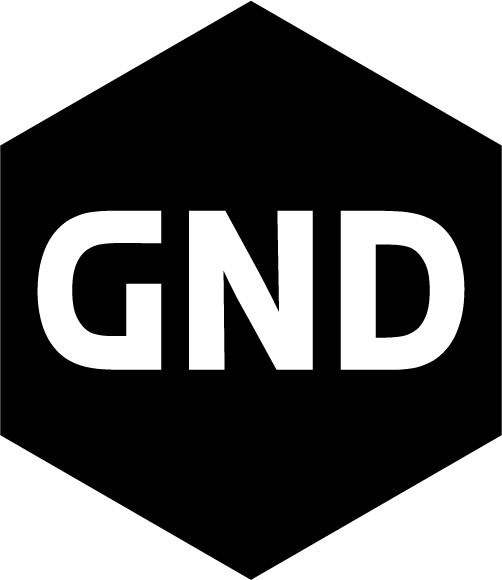| Titel: |
| Studies of meteor head echo signatures at polar latitudes |
|
| Beteiligte Personen: |
|
| Beteiligte Körperschaften: |
| Universität Rostock[Grad-verleihende Institution] |
 |
38329-6 |
| Universität Rostock, Mathematisch-Naturwissenschaftliche Fakultät[Grad-verleihende Institution] |
 |
2147083-2 |
|
| |
| Zusammenfassung: |
|
Extraterrestrial particles entering the Earth's atmosphere with a sufficient amount
of kinetic energy can be observed as meteors in a clear night or as meteor echoes
by using radar observations. High power large aperture (HPLA) radars are able to detect
the small plasma cloud that is formed around the meteoroid during the ablation process,
which is called meteor head echo. In contrast to optical meteor observations, radar
systems can measure independent of weather conditions as well as during day and night.
[Englisch] |
|
| Dokumenttyp: |
|
| Einrichtung: |
| Mathematisch-Naturwissenschaftliche Fakultät |
|
| Sprache: |
|
| Sachgruppe der DNB: |
| 520 Astronomie, Kartographie |
| 530 Physik |
|
| |
Veröffentlichung /
Entstehung: |
|
Rostock: Universität Rostock
|
|
2018
|
|
| Verantwortlichkeitsangabe: |
| vorgelegt von Carsten Schult |
|
| Anmerkungen: |
| Die Online-Ausgabe weicht von der Druckausgabe ab. Die Druckausgabe enthält den Volltext
der Zeitschriftenartikel. |
|
| |
| Identifikatoren: |
|
| |
| Zugang: |
|
frei zugänglich (Open Access)
|
|
| Lizenz/Rechtehinweis: |
alle Rechte vorbehalten
Das Werk darf ausschließlich nach den vom deutschen Urheberrechtsgesetz festgelegten Bedingungen genutzt werden. |
|
|
| RosDok-ID: |
rosdok_disshab_0000001970 |
| erstellt / geändert am: |
16.10.2018 / 08.08.2023
|
| Metadaten-Lizenz: |
Die Metadaten zu diesem Dokument sind gemeinfrei
(CC0 1.0 Universal Public Domain Dedication). |
 Zugang
Zugang

 alle Rechte vorbehalten
alle Rechte vorbehalten